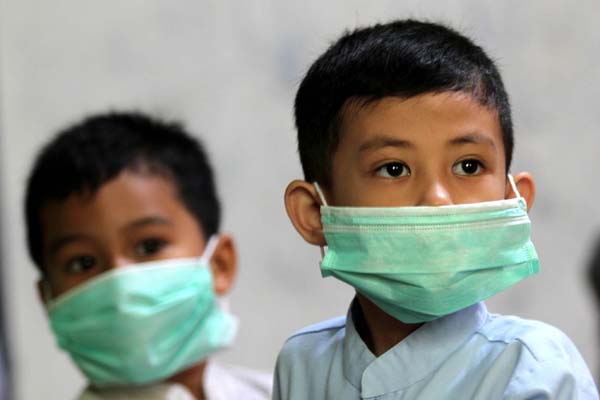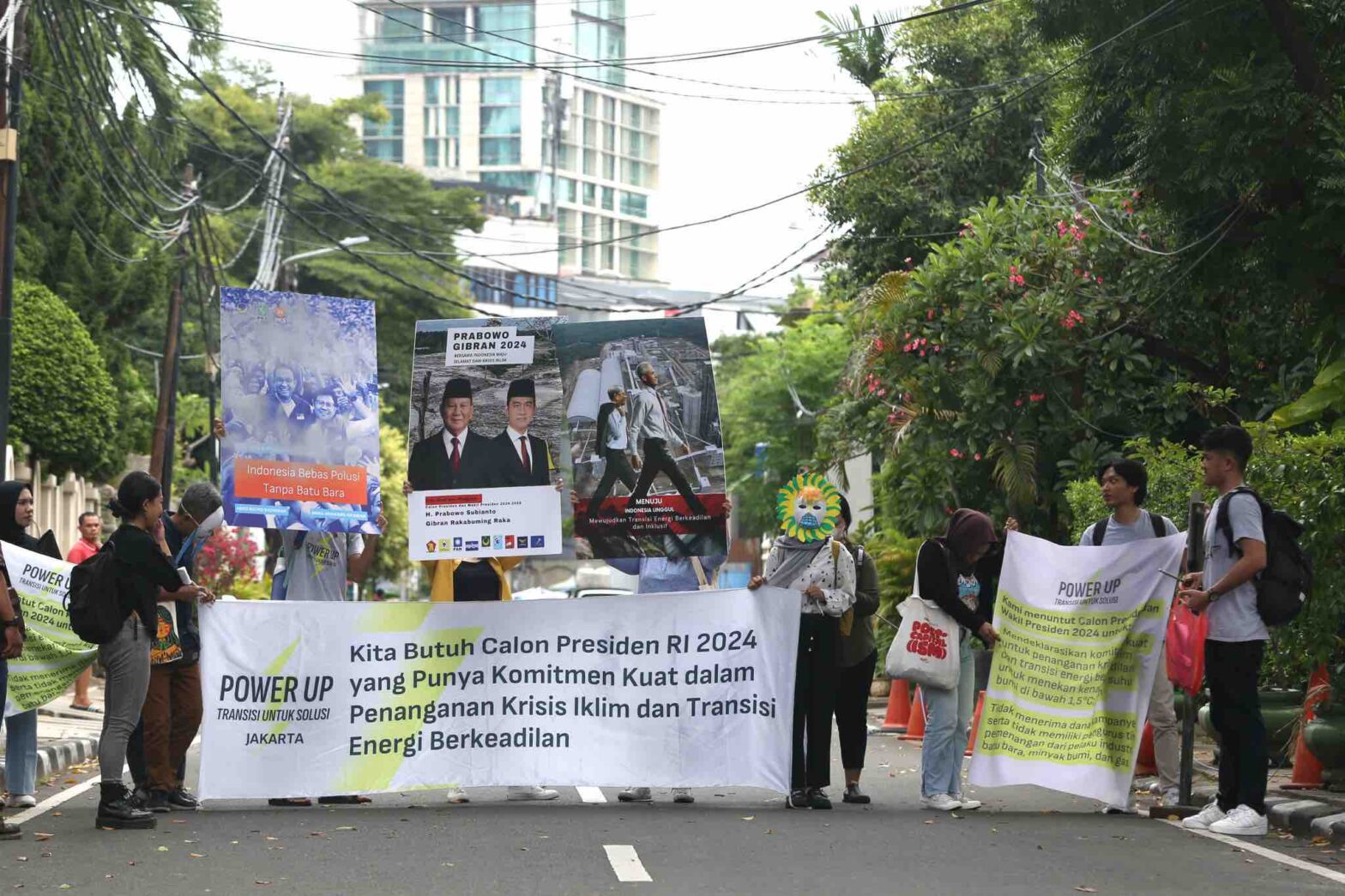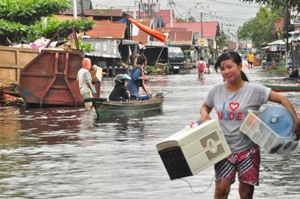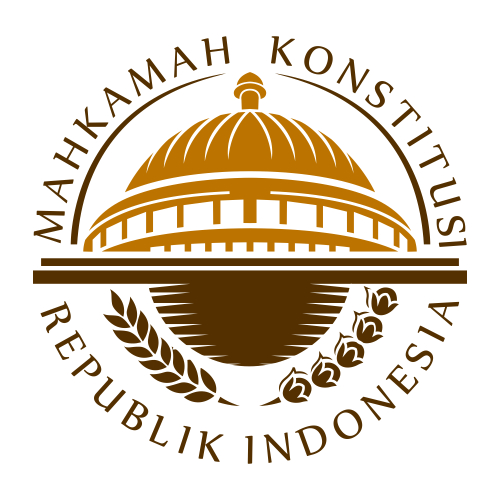Jakarta, Ekuatorial – The Ministry of Environment and Forestry announced on Tuesday its air quality evaluation revealing that 30 percent of cities evaluated do not meet its standards, in Jakarta.
The Blue Sky Program evaluated air quality in 45 cities, –14 metropolitan cities, 15 big cities, and 16 medium-small cities–, using carbon monoxide (CO), nitrogen oxide (CO2), hydrocarbon (HC), and pollution particle with diameter of 10 micrometers or known PM10 as indicators.
“As a result, 15 out of 45 cities are still high in hydrocarbon level and two cities have high PM10 results,” said Karliansyah, deputy of environmental pollution control at the ministry.
The evaluation took samples in three locations within three days mainly in main roads, he added, as transportation contributed 70 percent of air pollution in cities. “Transportation in Indonesia still using fossil fuels with high sulfur [which affected air quality,” he said. “[Through the evaluation] we want to increase air quality in cities by reducing emissions in transportation sector.”
Furthermore, he cited several program conducted by government to reduce emission in transportation, including issued new policies on emission standards and increase fuel quality. “We are currently in discussion with coordinating ministry for economics for Euro 4 [European emission standard for any vehicle] as Southeast Asia region must apply this standard by 2016,” he said.
Meanwhile, Driejana, air quality expert from Bandung Institute of Technology, said bad air quality will have impacts on humans health, starting from acute to chronic effects. “For acute impact, it can lead to respiratory problem, dizziness, and drowsiness. It can also lead to chronic cases, such as cancer, ” said Driejana.
Furthermore, she said that several studies have revealed that emissions such as hydrocarbon and PM10 have been contributing to lung cases and cardiovascular diseases, respectively.
“It is important also for the ministry [of environment and forestry] to be able to include air quality and its impacts in future evaluation,” she said.
Meanwhile, Karliansyah said that loss money due to air pollution reached to Rp 38.5 trillion (US$ 2.9 billion) which covered health, social and economic aspects. “This is not small [amount of] money. It would be such as huge loss, so we’ll need to fix that to ensure people does not their money [because of bad air quality,” he said adding that the ministry was targeted to
reach a minimum of 84 as its air quality index by 2019 from this year’s 80. “It may seems a small number to achieve, but it will need lots of efforts and hard work.”
On the evaluation, the ministry also announced metropolitan, big, and medium-small cities with best air quality.
For metropolitan cities category, Palembang (South Sumatra) receives high score with 78.50, followed with Surabaya (East Java) with 75.78, Central Jakarta (DKI Jakarta) with 70.27, South Jakarta (DKI Jakarta) with 69.11, and Medan (North Sumatra) with 68.92.
For big cities category, best air quality falls for South Tangerang of Banten (82.34), Pontianak of West Kalimantan (72.54), Balikpapan of East Kalimantan (71.63), Malang of East Java (67.79), and Padang of West Sumatra (65.08).
Meanwhile, top five best air quality cities are Ambon of Maluku (77.58), Serang of Banten (74.95), Banda Aceh of Aceh (72.78), Pangkal Pinang of Bangka-Belitung (72.01), and Palu of Central Sulawesi (71.18). Fidelis E. Satriastanti



